Experience Setsubun in Japan: A Unique Cultural Tradition
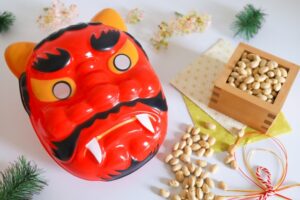
When visiting Japan in early February, you might come across an exciting and unique cultural event called Setsubun (節分). This traditional holiday, celebrated annually on February 3rd, marks the end of winter and the beginning of spring according to the lunar calendar. Setsubun is a festive occasion filled with rituals, food, and a spirit of renewal. Here’s everything you need to know to enjoy Setsubun during your visit to Japan.
The Meaning Behind Setsubun
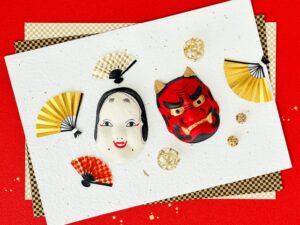
The word “Setsubun” means “seasonal division” and was traditionally celebrated at the start of each new season. Today, however, Setsubun refers specifically to the transition from winter to spring. The holiday is rooted in the belief that driving out bad luck and welcoming good fortune can ensure a prosperous year ahead.
The Main Ritual: Mamemaki (Bean Throwing)
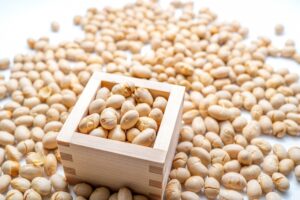
One of the most iconic Setsubun customs is mamemaki (豆撒き), or bean-throwing. Participants toss roasted soybeans, known as fuku mame (福豆, “lucky beans”), to chase away evil spirits and invite good luck. As they throw the beans, they chant:
“Oni wa soto! Fuku wa uchi!” (鬼は外! 福は内!) “Demons out! Fortune in!”
In many homes, a family member will wear a demon mask, playfully representing the oni (demon), while others toss beans at them to drive away misfortune.
If you’re visiting Japan, you can often experience mamemaki at temples and shrines. Large-scale events are held at famous locations such as Sensoji Temple in Tokyo or Yasaka Shrine in Kyoto, where you can catch beans thrown by priests or even celebrities.
Traditional Foods of Setsubun
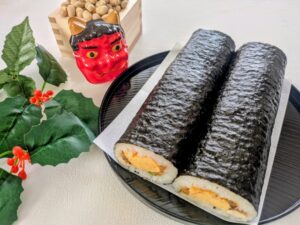
Another highlight of Setsubun is the chance to enjoy ehomaki (恰方巻), a type of sushi roll believed to bring good luck when eaten properly. Ehomaki is a thick sushi roll filled with ingredients like egg, cucumber, and pickled radish. To maximize its auspicious effects, it’s eaten in silence while facing the year’s lucky direction (“eho”), determined by the zodiac. This year’s lucky direction is often announced in advance, so be sure to check it out!
Fun Activities and Events
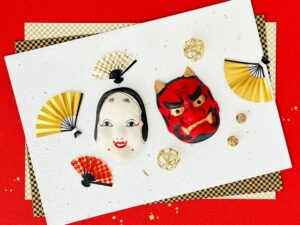
Visit Temples and Shrines: Many temples and shrines host lively Setsubun festivals. You’ll see priests, locals, and sometimes famous personalities tossing beans into the crowd. Some events also include traditional performances and dances.
Wear a Demon Mask: In souvenir shops, you can find oni masks to take part in the fun. Wearing one during mamemaki adds an extra layer of cultural immersion.
Take Photos: The colorful decorations, traditional costumes, and joyful atmosphere make Setsubun a great opportunity for memorable photos.
Tips for Foreign Visitors
Arrive Early: Popular temples and shrines can get crowded, so arrive early to secure a good spot.
Participate Respectfully: While Setsubun is lighthearted, it’s still a cultural tradition. Follow the lead of locals to ensure you’re participating appropriately.
Try the Food: Don’t miss the chance to taste ehomaki and other seasonal treats sold at supermarkets and convenience stores.
A Memorable Cultural Experience
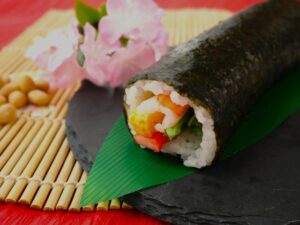
Setsubun is more than just a fun holiday—it’s a window into Japan’s rich traditions and beliefs. Whether you’re tossing beans, eating ehomaki, or simply soaking in the festive atmosphere, celebrating Setsubun is a unique and unforgettable experience for visitors. Mark your calendar for February 3rd and join in the fun!
Did you know?
In some regions of Japan, people use peanuts instead of soybeans for mamemaki because they’re easier to clean up and less likely to spoil. Keep an eye out for local variations during your visit!
